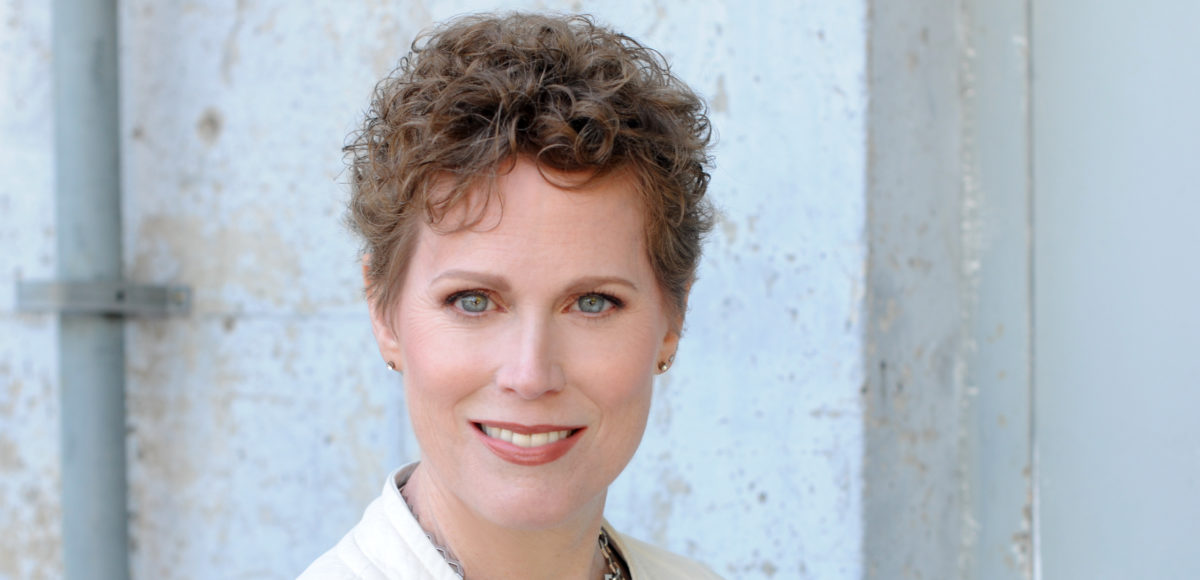A Celebration of Canadian Musical Excellence: TSO presents NACO, OSQ
When the National Arts Centre Orchestra (NACO) and Orchestre symphonique de Québec join forces to take the Roy Thomson Hall stage on March 2nd, their performance will be a celebration of Canadian musical excellence, highlighting the homegrown talent of performers and composers alike.
“…The British-born conductor bashfully admits that Jacques Hétu was one of only a few Canadian composers with whom he was familiar when he took up his post at NACO in 2015. Over the last decade, it has been “one of the great pleasures and privileges of [his]life” to get to know Canada’s classical music community and repertoire. Indeed, Shelley has become a champion for Canadian works and performers, collaborating with Canadian soloists, taking NACO on tour internationally, and commissioning countless new compositions.
Kelly-Marie Murphy’s tone poem Dark Stars, Bright Nights, Vast Universe is a prime example of one such commission. NACO requested that it be written as a companion piece to Richard Strauss’ Don Juan, but Murphy was given free reign in terms of what form her response would take – be it a critique, a parody, or a celebration of the famous orchestral work. In the end, she found inspiration in events that took place while Strauss was composing in 1888: Vincent van Gogh’s 1889 painting Starry Night, and the work of Williamina Fleming, a Harvard astronomer who discovered the Horsehead Nebula in 1888. The result is a turbulent, twinkling musical tribute to discovery, perseverance, and the firmament.
According to Shelley, mixing the old and new – whether that is by commissioning works like Murphy’s that are inspired by ‘standard’ repertoire, or conceiving of programs like this one that integrate both familiar pieces and newer sound worlds – is a way to help audiences better “decode” what they are hearing, and to reinforce a lost notion that music must speak to its own cultural moment. “The beauty of all art – whether it is literature or visual arts or music – is that it is almost unendingly connected with other art that came before and after it,” he says. “I think that these kinds of connections – storytelling, relationships between pieces and between composers – help to build that network of connectivity, so that people don’t feel that new music is completely separate from old music…”

